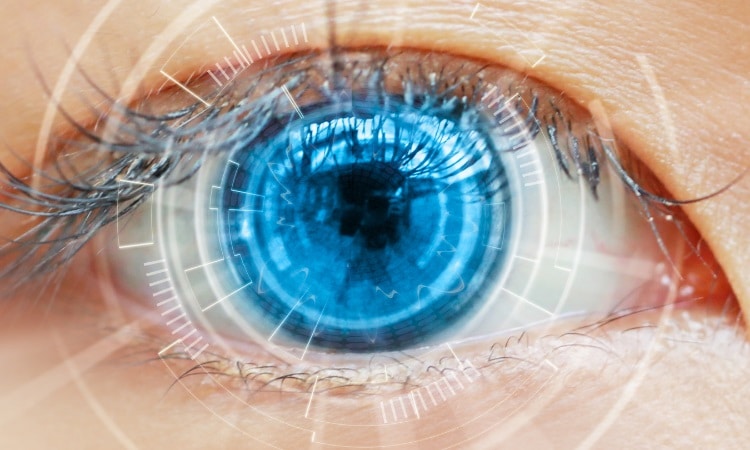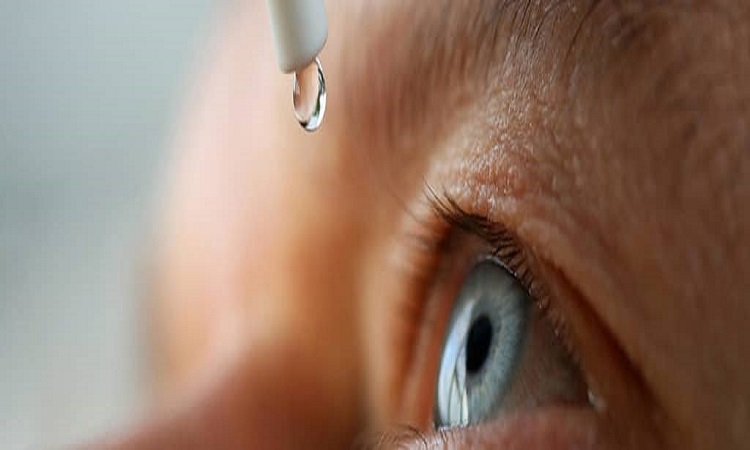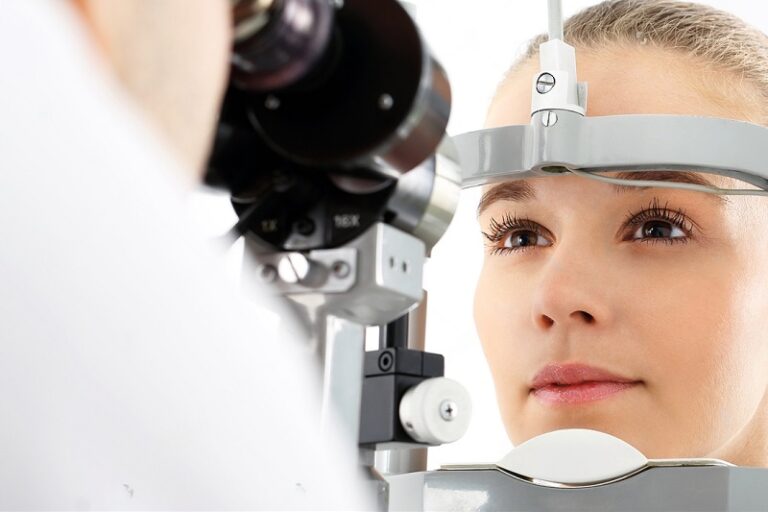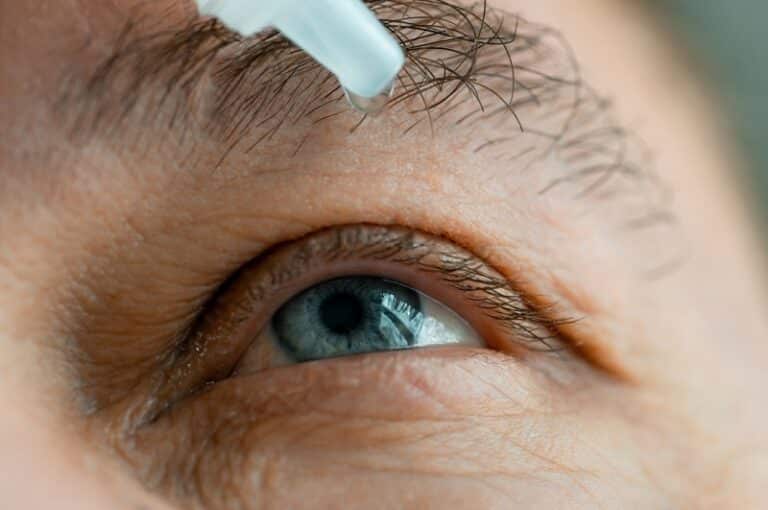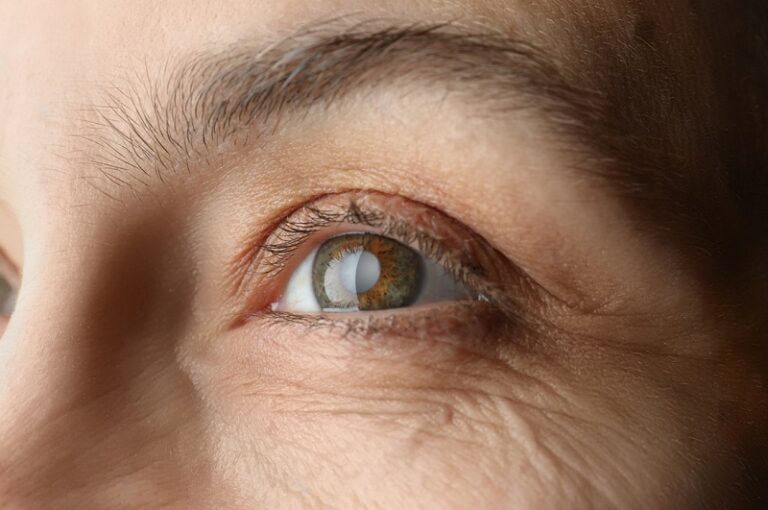What are the Signs of Glaucoma?
The eye is a complex organ. To function correctly, the eye produces aqueous humor, a clear liquid between the lens of the eye and the cornea. As new aqueous humor flows into the eye, the same amount drains through the drainage angle. If the drainage angle doesn’t work correctly, the increased pressure in the eye causes glaucoma, which damages the optic nerve.
What is Glaucoma?
Glaucoma is a family of diseases that damage the optic nerve–part of the nervous system that sends visual information to the brain. The damage to the optic nerve is commonly caused by elevated intraocular pressure in the eye, but some cases may happen with normal eye pressure.
At Alabata Eye Center, we provide various treatments for glaucoma, including Minimally Invasive Glaucoma Surgery (MIGS), YAG Peripheral Iridotomy, Selective Laser Trabeculoplasty (SLT), Aqueous Tube Shunt, and Durysta™. Depending on the type and stage of your glaucoma, Dr. Alabata helps you determine the best treatment.
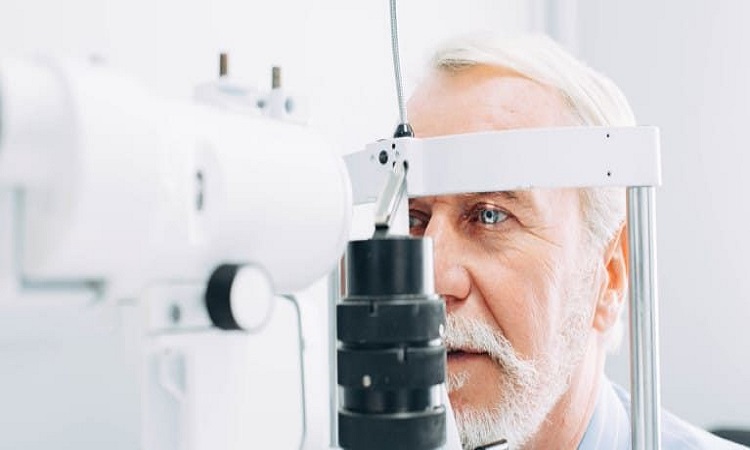
What Causes Glaucoma?
Glaucoma is caused by increased eye pressure damaging the optic nerve. Depending on the type of glaucoma, the increased pressure may be caused by various factors. Primary open-angle glaucoma is the most common type, caused by fluid accumulation in the eye. In some cases, the drainage angle may be blocked by the iris, causing angle-closure glaucoma.
What are the Symptoms of Glaucoma?
Most types of glaucoma do not have any early symptoms. Regular complete eye exams are the only method to notice early signs. The exam may include the following:
- Measuring eye pressure
- Inspect the drainage angle
- Examining the optic nerve
- Testing peripheral vision
- Conducting computer measurements of the optic nerve
- Measuring the thickness of the cornea
Depending on the type of glaucoma, different symptoms will be present. Types of glaucoma include:
Open-Angle Glaucoma
There are no early warning signs for open-angle glaucoma. Over time, patients experience blind spots in peripheral vision that are unnoticed until severe. Regular eye exams are the best preventative measure against open-angle glaucoma.
Angle-Closure Glaucoma
Angle-closure glaucoma is dangerous as pressure rises quickly into an acute attack and may result in blindness. There are no early symptoms, but most patients experience blurred vision, halos around lights, mild headaches, and eye pain before an attack. During an attack, you may notice severe eye pain, redness in the eye, decreased vision, headaches, nausea, vomiting, and halos around lights. If you are experiencing an attack, please seek medical attention immediately.
Normal-Tension Glaucoma
Patients with normal-tension glaucoma experience normal eye pressure with open-angle glaucoma symptoms such as blind spots in the peripheral vision and optic nerve damage.
Pigmentary Glaucoma
With pigmentary glaucoma, the pigment rubs off the back of the iris, raising eye pressure. You may experience halos around lights or blurred vision after exercise, such as jogging.
Request a Consultation
We’d love to help you get all the information you need in order to make the best choice for your eyes. Request a consultation today! A referral is not necessary. Our staff is available and happy to answer your every question.
Am I a Candidate for Glaucoma Treatment?
Most patients do not experience symptoms until it is too late. The damage to the optic nerve is irreversible, but treatment may slow or stop damage. Patients at higher risk of developing glaucoma may have:
- Black heritage and are over the age of 40
- Other heritages and are over the age of 60
- Medical conditions, including diabetes or high blood pressure
- An eye injury
- A family history of glaucoma
- Thin cornea
- A severe refractive error
Please schedule a consultation with Dr. Alabata at the Alabata Eye Center to find out if you have glaucoma or are at higher risk.
Take the Next Step
To schedule your in-person glaucoma consultation, call Alabata Eye Center at (850) 331-3937. A referral is not necessary. Thank you for trusting our professional services!
